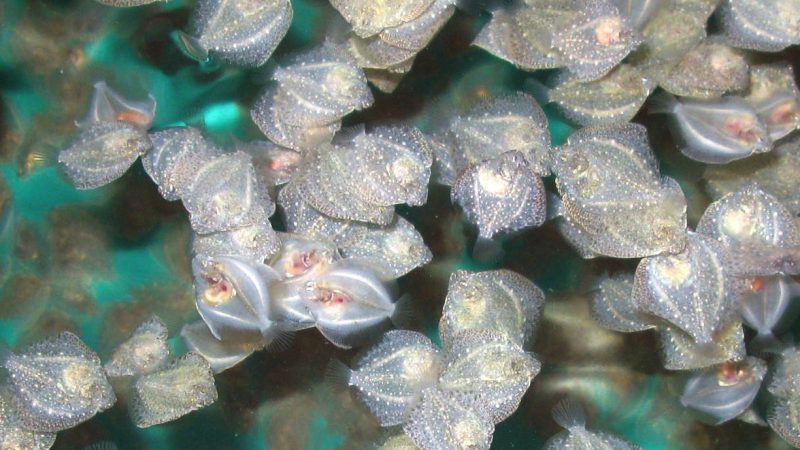Thursday July 12 the researcher from the University of Vigo Dr. Rosa Ceinos gave the conference “Circadian clocks across multiple organs from Turbot“, in which she talked about the search for the key components of the biological clock in turbot and whether they can be regulated by light and/or food.
The cave fish of Somalia is a species that has evolved for 3 million years under the extreme conditions of the Somali desert. Studies show that it has a troglomorphic phenotype, including an aberrant biological clock. Studying the key components of this clock, it has been discovered that it advances with extremely long periods. The reason is because it has lost the ability to be synchronized by light. However, it displays very robust 24-hour rhythms when synchronized with feeding time. This shows the existence of at least two clocks or oscillators in fish, one regulated by light, and the other by food.
This work was part of the project Unraveling multiple clock mechanisms in vertebrates, co-funded by the Xunta de Galicia and the European Union. For the first two years the project was carried out at the Technological Institute of Karlsruhe (Germany), within the research group led by Nick Foulkes, and at the Department of Biology and Evolution of the University of Ferrara (Italy) in collaboration with Cristiano Bertolucci. Since 2016, Rosa Ceinos is part of the Fish Physiology group led by J. L Soengas and Jesús Míguez in the Faculty of Biology of the University of Vigo.
The conference took place in the auditorium of ECIMAT at 11:00 hrs. It was broadcasted live at http://tv.uvigo.es/es/directo/1.html. and is available in UVigoTV:
Videoconference:

